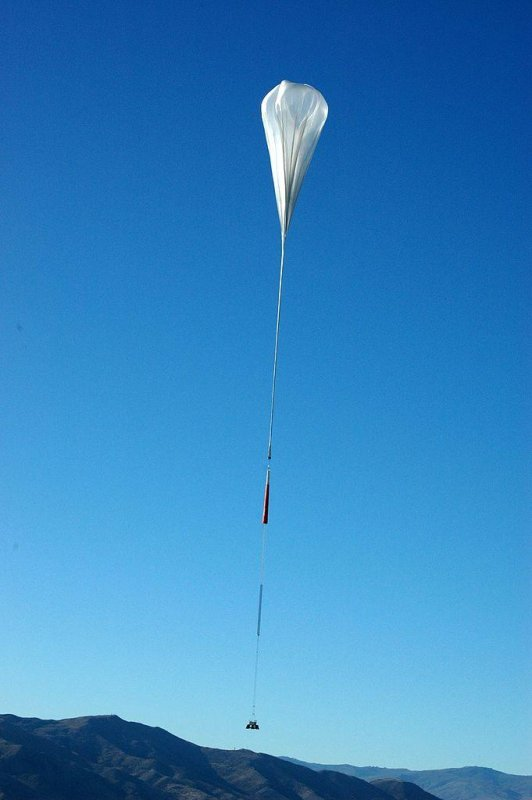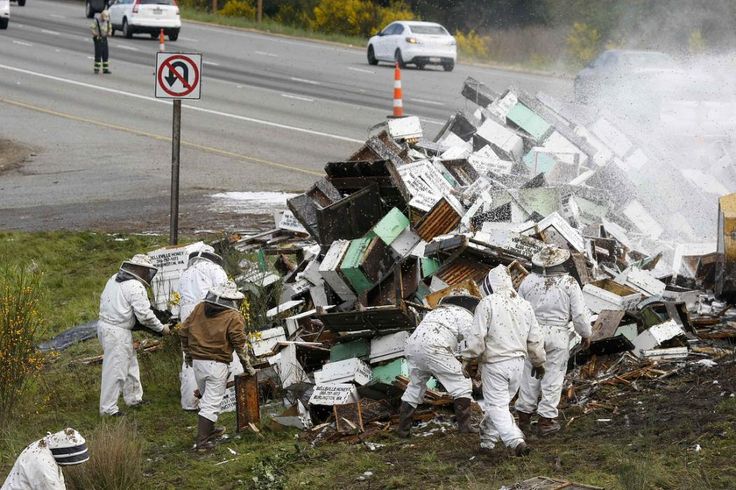In mid-May, NASA will kick off its long-duration balloon campaign in Sweden, aimed at gathering crucial scientific data to support multiple projects. Teaming up with the Swedish Space Corporation, NASA plans to launch high-altitude balloons capable of operations near the edge of space, approximately 150,000 feet above Earth. This collaborative effort takes advantage of Sweden’s Esrange facility, situated in a vast, sparsely populated area where sunlight persists for 24 hours during the summer season.
“Our partnership with the Swedish Space Corporation is valuable to NASA and the scientific community by allowing us to use their high-quality facilities at Esrange,” Andrew Hamilton, acting director of NASA’s balloon program said Tuesday.
This summer’s balloon program encompasses four key missions:
- One mission employs a superconducting magnet to gauge the flux of high-energy cosmic ray isotopes at previously unexplored energy levels, aiding in determining the age of cosmic rays within the Milky Way galaxy.
- Another mission utilizes high-resolution imaging tools to capture X-rays emitted during energetic electron microbursts in the polar atmosphere. This mission requires a 60 million cubic feet balloon to ascend above 150,000 feet.
- The third mission concentrates on the Sun, employing high-resolution imaging to observe spectro-polarimetry of its layers, such as the solar photosphere and chromosphere, along with other active regions. These observations facilitate measurements of temperature, magnetic field strength, and velocities associated with these layers.
- The fourth mission employs a telescope to study the sources of various black holes and neutron stars within the Milky Way, contributing to understanding how these celestial objects accelerate electrons and emit X-rays. Additionally, this mission incorporates two smaller payloads to fulfill two supplementary scientific objectives.
One payload will utilize an infrared channeled spectro-polarimeter to assess cloud formations’ upper layers and the characteristics of ice particles, aiding scientists in refining weather comprehension and enhancing climate modeling accuracy.
Another payload contributes to NASA’s sensor technology advancement, focusing on measuring ultraviolet wavelengths (UVA, UVB, and UVC) and monitoring ozone concentrations.
NASA highlights its high-altitude balloons’ versatility, capable of lifting up to 8,000 pounds. These balloons offer rapid and cost-effective means to conduct, monitor, and retrieve scientific experiments for both NASA and collaborating universities worldwide.


